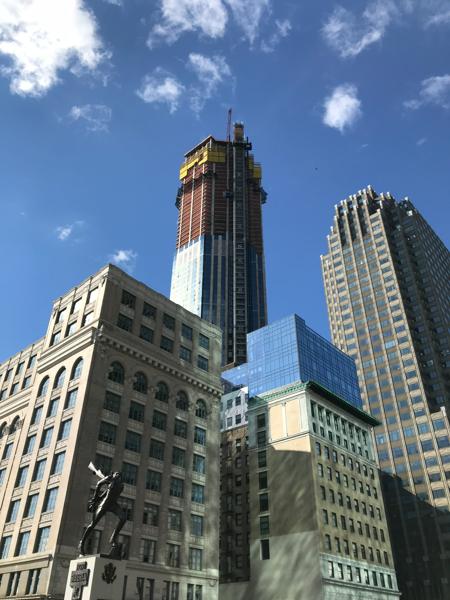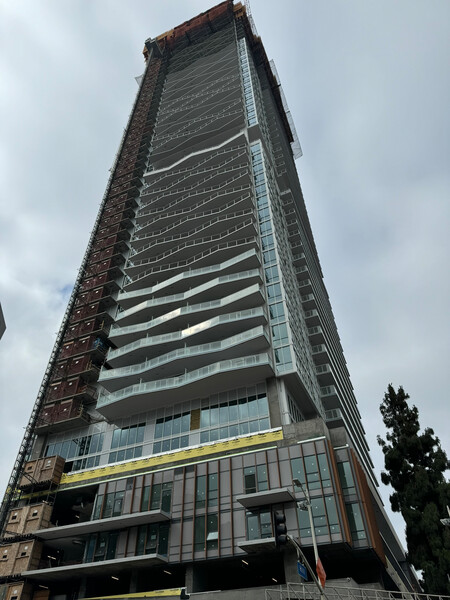Living quarter „A Riva“ Schondorf,
Schondorf,
Germany
Riviera on Lake Ammersee
Former industrial estate becomes residential building land.
Where the Prix company used to produce lightweight panels is now a relaxed place to live: The municipality of Schondorf am Ammersee has converted a former industrial estate into residential land and created an attractive residential area near the lake.
Life by the lake
Schondorf is located on Lake Ammersee, roughly halfway between Munich and Augsburg and on the western shore of the third largest pre-alpine lake in Bavaria. The climatic health resort has around 4,000 inhabitants - and is very popular as a place to live. The demand for living space is correspondingly high. In 2015, this prompted the Schondorf local council to reclassify the previously commercially used Prix site in the middle of the town as residential building land. The planning area covered an area of around 17,600 m². After the municipality acquired the site, it drew up a development plan for the area. The contract for the development was awarded to Wüstenrot Haus & Städtebau GmbH. Construction of the project planned by architects Knoop & Rödl finally began in autumn 2020. The site has now been occupied since the end of 2022.
Living by the lake
The residential quarter "A Riva" is just a few minutes' walk from the popular waterfront promenade - and offers residents the best conditions for a high quality of life. The individual residential buildings are generously distributed across the plot - there are spacious, green open spaces between the houses. A playground has also been included. Two apartment buildings were built with a total of 59 two- to four-room condominiums (with 46-94 m² of living space) and 16 terraced houses (with 175-205 m² of living space), including corner gallery houses with separately accessible granny apartments. When planning the quarter and furnishing the residential units, the focus was on feeling good and enjoying life: large window fronts, open-plan living and dining areas, oak parquet flooring and underfloor heating or level-access showers in the brand-name bathrooms are standard in the residential units. Modern elevators provide additional convenience. An underground garage with individual parking spaces and above-ground parking spaces are also available. A special highlight: those who live here are guaranteed their own outdoor space. Every apartment has a terrace with a garden or a balcony. Each terraced house also has a spacious garden and front garden.
Energy supply with a focus on sustainability
Energy specialist LAVA ENERGY developed the energy supply concept for the new residential quarter. The service provider is committed to solutions that focus on people and the environment - and has the vision of supplying all properties with climate-neutral energy. In the new residential quarter, a central energy generation system for all residential units supplies energy for heating and hot water as well as electricity based on the principle of combined heat and power generation: namely a gas-fired combined heat and power plant with additional buffer storage to optimize running times. The boiler room and the individual buildings are connected via a local heating network. This is designed as a hot water network. LAVA ENERGY also relies on sustainable solutions for the electricity concept. For example, care was taken to ensure that there are sufficient charging facilities for electric cars.
Local heating network with Ecoflex VIP
The 600-metre local heating network was implemented with the Uponor Ecoflex VIP pipe system. The main reason for this is that it significantly improves the CO2 balance of the local heating network compared to other systems. So-called vacuum insulation panels (VIP) are responsible for this: they offer very good insulating properties and heat losses can be reduced by up to 60 percent. Further advantages of the pipe solution are its flexibility and small outer diameter. This plays a role during installation, for example. Josef Witzenberger, who supervised the project at Uponor, explains: "The installation time of the flexible and comparatively thin Ecoflex VIP pipes is reduced by up to 20 percent compared to flexible pipes with PUR foam insulation and by more than half compared to steel pipes." Witzenberger emphasizes that the decision to use Ecoflex VIP is sustainable in both ecological and economic terms: "The approximately twelve percent higher costs for the building owner compared to other systems pay for themselves very quickly, they are amortized after around three years. What's more, choosing Ecoflex VIP makes a significant contribution to the climate because energy is used more efficiently."
Local heating as a solution for the future?
The principle of local heating is as simple as it is effective: an energy center supplies several buildings, districts or entire villages and towns with heat. Water is heated in the energy center and distributed to the individual buildings via well-insulated pipes. The pipes are heavily insulated to prevent network losses. The thermal energy is transferred to the building's heating or hot water system via heat transfer stations. Various technologies can be used as heating technology: in addition to combined heat and power plants, as is the case in the new residential quarter in Schondorf, heat pumps, wood chip heating systems or solar thermal systems in particular - but waste heat from nearby production processes can also serve as a heat source.
Local heating is of great importance with regard to the energy transition: the joint supply of several energy consumers is always more efficient than individual solutions. In particular, combined heat and power plants, which are based on the principle of cogeneration, use the constant year-round heat demand to heat water and generate a lot of electricity. In addition, local heating makes it possible to cover the heat demand from central, ideally renewable, sources without major conversion of the buildings. This makes heating networks a particularly cost-efficient solution. Local heating is therefore a good way of supplying the population with affordable, renewable heat and at the same time helps to achieve national climate protection targets. The federal government is therefore promoting connections to local and district heating networks.
Local heating can not only be used in new-build districts, existing buildings can also be combined into "districts" and supplied with local heating. During implementation, planners must then take into account the existing building technology in the various buildings.
The newly created district on the former Prix site shows how local heating networks can be successfully planned and implemented: the efficiency of combined heat and power generation is used to supply all the newly created residential units with heat and electricity. Because care was taken to minimize grid losses, the result is a very effective and economical energy supply. In short: an all-round sustainable solution.

